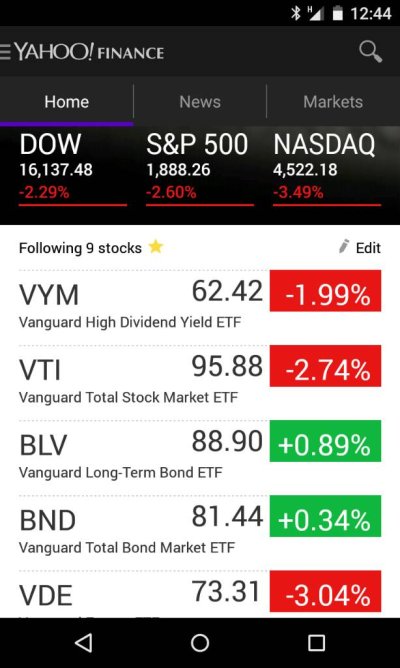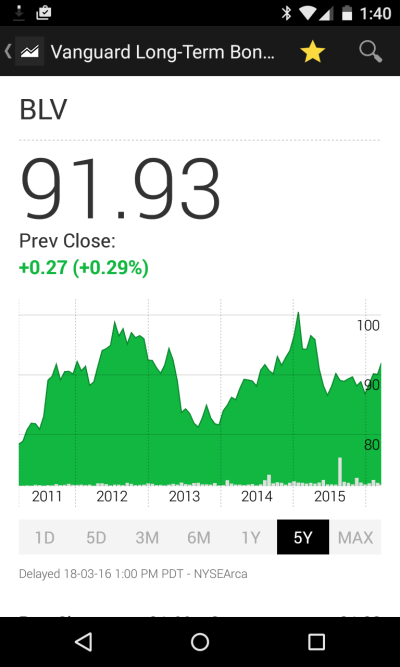For those not versed in history (and I wasnt with this specific info, myself) with bond market manipulation still in force world wide, dont assume any inflation will cure the low interest rate cycle....Yes inflation can climb significantly higher and treasuries stay very low.
As a writer from Seeking Alpha "South Gent" (my favorite writer) wrote below.....
Also, the period from 1941 to 1951 is very instructive on how the FED can manipulate rates down even as inflation soars. The problem is that this approach launched a 32 year bear market cycle in bonds. That bear started with what I call a rate normalization process after the FED ceased its intervention in the market's rate setting.
CPI Annual Rates:
1941 5.1%
1942 10.9%
1943 6.0%
1944 1.6%
1945 2.3%
1946 8.5%
1947 14.4%
1948 7.7%
1949 -1.0%
1950: 1.1%
1951 7.9%
Ten Year Treasury Rates
Jan 1, 1952 2.68%
Jan 1, 1951. 2.57%
Jan 1, 1950 2.32%
Jan 1, 1949 2.31%
Jan 1, 1948 2.44%
Jan 1, 1947 2.25%
Jan 1, 1946. 2.19%
Jan 1, 1945. 2.37%
Jan 1, 1944. 2.48%
Jan 1, 1943. 2.47%
Jan 1, 1942. 2.46%
Jan 1, 1941 1.95%
Sent from my iPad using Tapatalk


